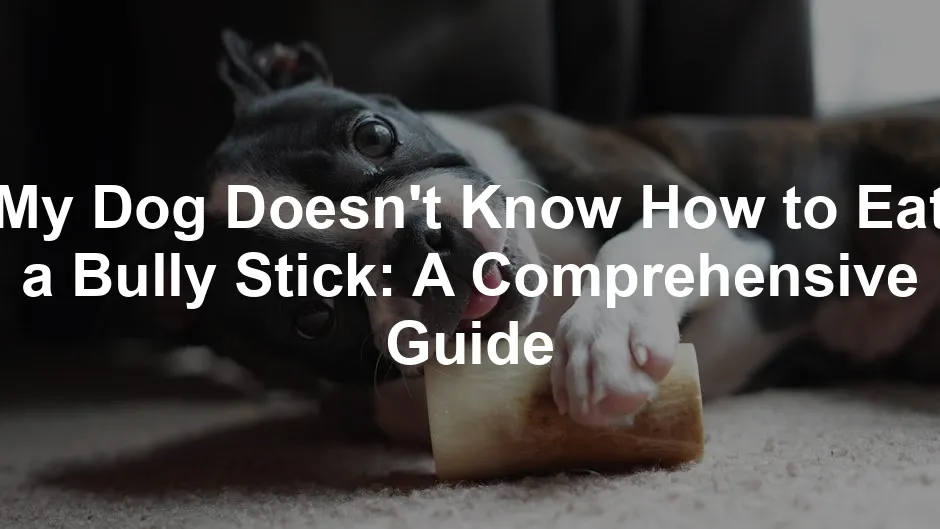Introduction
Bully sticks are popular treats for dogs. Made from beef muscle, they provide a tasty and chewy experience. Many dog owners love them for their benefits, including dental health and protein content. However, some dogs struggle with bully sticks. They may lick or push them away, unsure of what to do. This article aims to help you support your dog in learning to enjoy bully sticks. With the right tips, your furry friend will be happily chewing in no time.
And if you’re looking for a great choice, try Bully Sticks for Dogs – 100% Natural Dog Chews. They’re a hit with most dogs, and you’ll love the peace of mind knowing they’re munching on something healthy!
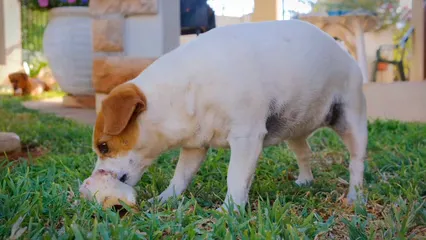
Summary and Overview
Bully sticks are natural dog chews made from beef muscle. They offer fantastic benefits, like promoting dental health and providing high protein. Chewing on bully sticks can help reduce plaque and tartar buildup. However, many dogs may hesitate to chew them. Common reasons include unfamiliarity with the texture, size issues, or lack of confidence.
To encourage effective chewing, we’ll discuss key strategies. Gradually introducing bully sticks, choosing the right size, and using flavor enhancements can help. Remember, supervision is essential during chewing sessions to ensure safety. Let’s dive into these tips to help your dog enjoy bully sticks safely and happily.
Understanding Bully Sticks
What Are Bully Sticks?
Bully sticks are natural dog chews made from beef pizzle. They go through a cleaning and drying process, making them safe and digestible. Rich in protein, bully sticks serve as a healthy treat for dogs. Their chewy texture encourages dogs to gnaw, promoting dental health by scraping away plaque. Unlike bones, they are less likely to splinter, making them safer for your pet. Many dogs find bully sticks irresistible due to their flavor and texture. They are a great way to keep your dog engaged and entertained while providing nutritional benefits.
Looking for a durable toy that can withstand your dog’s chewing? Consider the PetFusion Tough Dog Chew Toy. It’s designed for aggressive chewers and will keep your pup entertained while also supporting dental health!
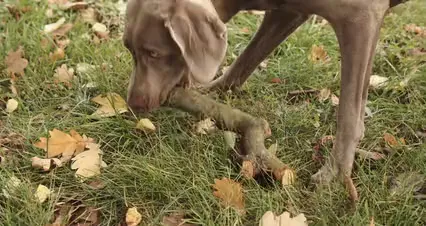
Reasons Dogs May Not Know How to Eat Bully Sticks
Hesitance with New Treats
Dogs are naturally curious, yet they can be cautious. When faced with new textures or flavors, many dogs may hesitate. This is especially true for bully sticks, which have a distinct smell and tough feel. Your dog might find it confusing or intimidating. Behavioral traits like fear or uncertainty can play a role in this reluctance.
Some dogs might even exhibit signs of anxiety when encountering unfamiliar treats. This is part of their instinctual nature—dogs often rely on their past experiences to gauge new items. If they’ve never chewed on something tough, they may not know what to do. Understanding your dog’s chewing behavior can help you address their hesitance. If your pup is a reluctant chewer, it’s important to encourage them in a gentle way.
Size and Texture Issues
The size and texture of a bully stick can greatly influence a dog’s willingness to chew. If the stick is too large, it may overwhelm your pet. Smaller dogs, for instance, might struggle with thicker bully sticks. Choosing the appropriate size is crucial. A stick that’s too big can lead to discomfort or confusion.
It’s also necessary to consider the texture. A bully stick that’s too tough might deter your dog from chewing altogether. Dogs need to feel comfortable to engage with a new treat. For this reason, it’s wise to select thinner bully sticks for beginners. This can help your dog feel more at ease while learning to chew.

Tips for Introducing Bully Sticks to Your Dog
Start Slow with Encouragement
Introducing a bully stick to your dog should be a gradual process. Begin by letting your dog sniff the stick. This helps them become familiar with its scent. Offer praise when they show interest. This positive reinforcement is essential in dog training.
If your dog is hesitant to bite, try holding the stick for them. This can encourage them to take small bites. You can also rub a bit of peanut butter on the end. This enhances the flavor and makes it more enticing. Your encouragement will help them feel safe and more confident while exploring this new treat. With time and patience, your dog will learn to enjoy their bully stick.
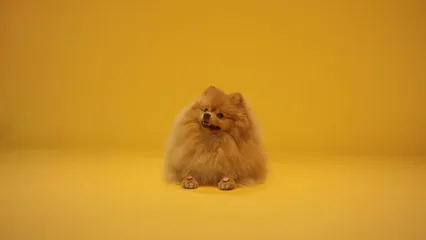
Choosing the Right Size and Shape
Choosing the right bully stick is crucial for your dog’s enjoyment. The size of the bully stick should match your dog’s mouth. A stick too large can overwhelm smaller dogs, making them hesitant to chew. Thinner sticks are often better for beginners. They are easier for your dog to handle and less intimidating to start with.
For example, if you have a small breed, consider a thinner, shorter stick. This allows them to practice chewing without feeling challenged. Larger breeds may benefit from thicker sticks, but always ensure they are manageable. Remember, finding the right fit can help your dog feel more confident while chewing. This small step can lead to a happier, more engaged chewing experience.
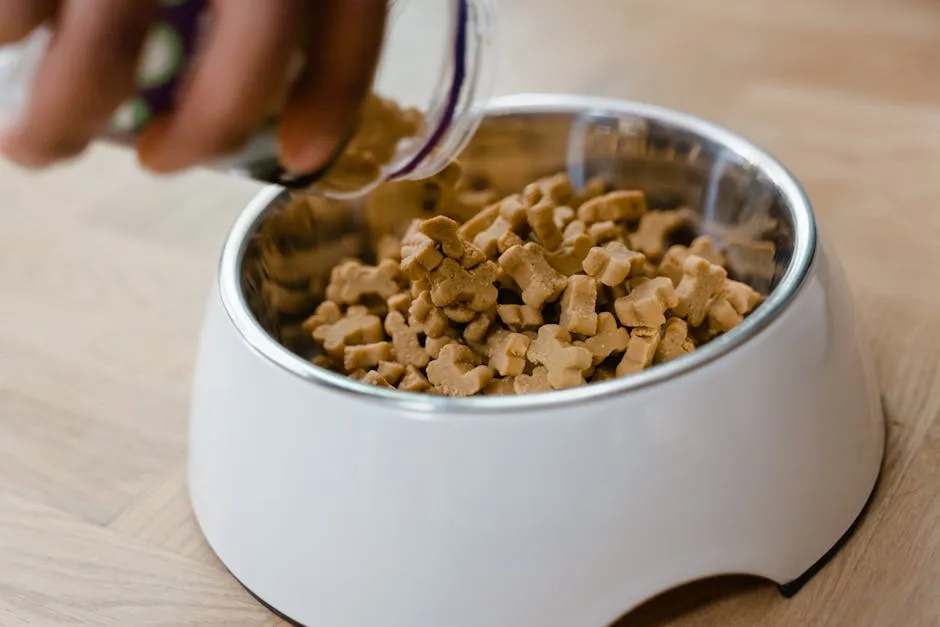
Flavor Enhancements
Enhancing the flavor of bully sticks can make them irresistible to your dog. One simple way is by adding a bit of peanut butter. Just rub a thin layer on the end of the bully stick. This tasty addition can spark your dog’s interest, encouraging them to chew.
Flavor plays a vital role in motivating your dog to engage with the stick. Dogs often prefer treats that are flavorful, and bully sticks are no exception. You might also experiment with other dog-safe spreads like yogurt or pumpkin. These enhancements can transform a simple chew into a delightful experience. By making the bully stick more appealing, you’re likely to see your dog munching happily in no time.

Building Safe Chewing Habits
Monitor Chew Time
Monitoring your dog’s chewing time is essential for their safety. Always supervise your dog while they enjoy a bully stick. It’s easy for dogs to try swallowing large chunks, which can pose a choking hazard. Keeping a close eye allows you to intervene if necessary.
Remove the bully stick once it becomes small enough to swallow. Typically, this is around 2.5 to 3 inches. Establishing this rule helps prevent any accidents. Also, consider offering shorter chewing sessions initially. Gradually increase the time as your dog becomes more comfortable. This approach can help ensure a safer, more enjoyable chewing experience for your pet. Remember, dog safety should always be a top priority.

Teach Safe Chewing Techniques
Teaching your dog how to chew bully sticks safely is important. Start by demonstrating the chewing process. You can hold the stick for your dog. This helps them understand how to grip and bite it. Make sure to be patient during this learning phase. Dogs often mimic their owners, so modeling behavior is key.
If your dog seems unsure, try encouraging them with calm words. Use phrases like “good dog” when they make an effort. Over time, they will gain confidence in chewing. Remember, every dog learns at their own pace. Keep the experience positive to build their comfort.
Gradually increase the chew time as your dog becomes more skilled. This not only helps them learn but also prevents potential choking hazards. With time and encouragement, your dog will develop safe chewing habits. This can lead to a more enjoyable experience with bully sticks.
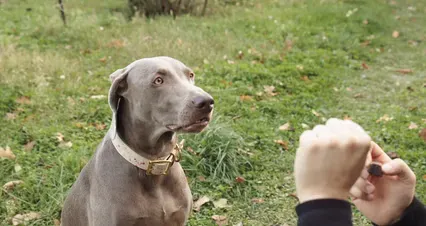
Troubleshooting Common Bully Stick Issues
Dog Scared or Uninterested
It’s common for some dogs to feel scared or uninterested in bully sticks. If your dog seems intimidated, try introducing the stick slowly. Allow them to sniff it before they attempt to chew. This can reduce their anxiety and make them more comfortable.
If your dog still shows no interest, try using positive reinforcement. After they engage with the stick, offer treats or praise. This association can encourage them to explore the bully stick further. You might also consider offering it after playtime, when your dog is more active and curious.
Sometimes, breaking the bully stick into smaller pieces can help. This makes it less intimidating and easier to handle. If all else fails, consider other chew options that are softer and more manageable. With patience, your dog will likely warm up to bully sticks.
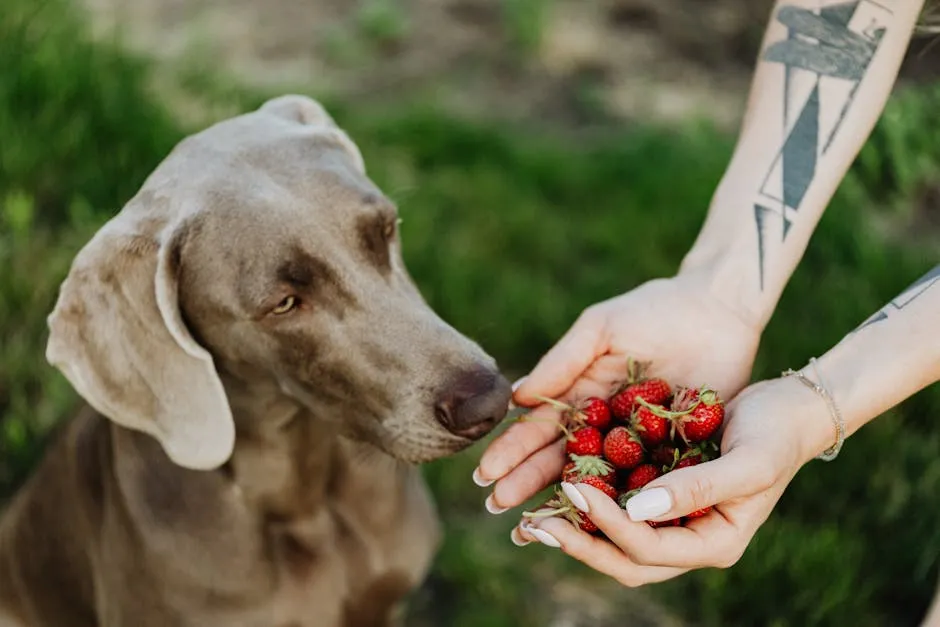
Choking Risks and How to Avoid Them
Choking is a serious concern when dogs chew bully sticks. These treats can break into smaller pieces that may pose a choking hazard. To prevent this, always supervise your dog during chewing sessions. Keep an eye on the size of the stick as your dog chews.
As a rule of thumb, remove the bully stick when it gets down to about 2.5 to 3 inches. This ensures your dog cannot swallow it whole. Additionally, consider using a Natural Dog Company Bully Stick Holder. These tools can secure the stick and minimize risks.
You should also monitor your dog for any signs of distress while chewing. If your dog seems to struggle or cough, intervene immediately. By being vigilant and proactive, you can help keep your dog safe while they enjoy their bully stick.
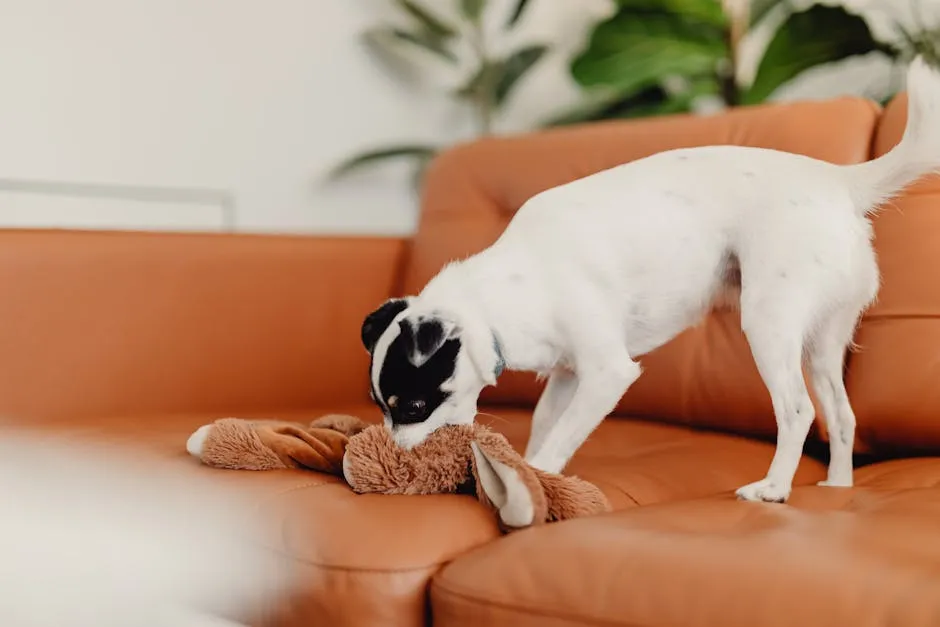
Safe Chewing Alternatives
If your dog struggles with bully sticks, don’t worry! There are plenty of safe and enjoyable chew options available. Consider trying dental chews, which help maintain oral hygiene and come in various textures. Rawhide, though controversial, can be a good option when monitored closely. Soft rubber toys designed for chewing can also keep your pup entertained.
Varying chew textures is beneficial for your dog’s chewing experience. Different textures can stimulate their gums and teeth while satisfying their natural chewing instincts. For instance, softer chews can be great for puppies or senior dogs with sensitive teeth. Mix in some crunchy treats to keep things interesting.
If you’re interested in a unique treat for your pup, check out Himalayan Dog Chew – Original Yak Cheese Dog Chew. It’s a long-lasting chew that many dogs adore!
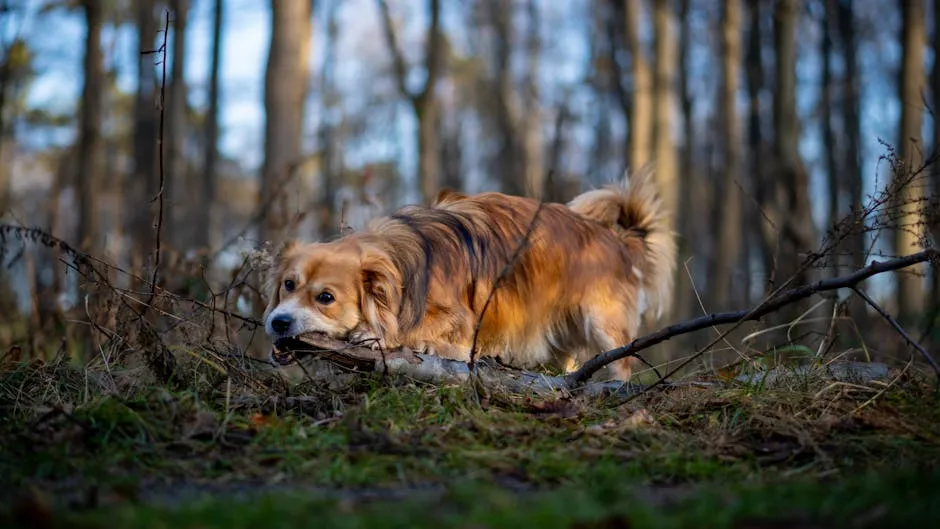
Offering a range of chews can help your dog develop their chewing skills while keeping their interest alive. By providing these alternatives, you create a diverse and enriching experience for your furry friend, encouraging them to chew happily and safely.
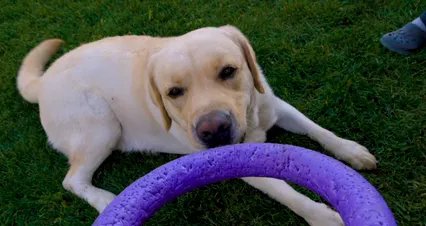
Conclusion
In summary, introducing bully sticks requires patience, supervision, and encouragement. Remember, every dog learns at their own pace. By following the tips outlined, you can help your dog overcome their hesitance with bully sticks.
Always keep an eye on your dog while they chew to ensure safety. With the right approach, your dog will enjoy bully sticks and benefit from their nutritional value. Try these strategies to make bully stick time a fun and rewarding experience for your furry companion!
Please let us know what you think about our content by leaving a comment down below!
Thank you for reading till here 🙂
All images from Pexels

